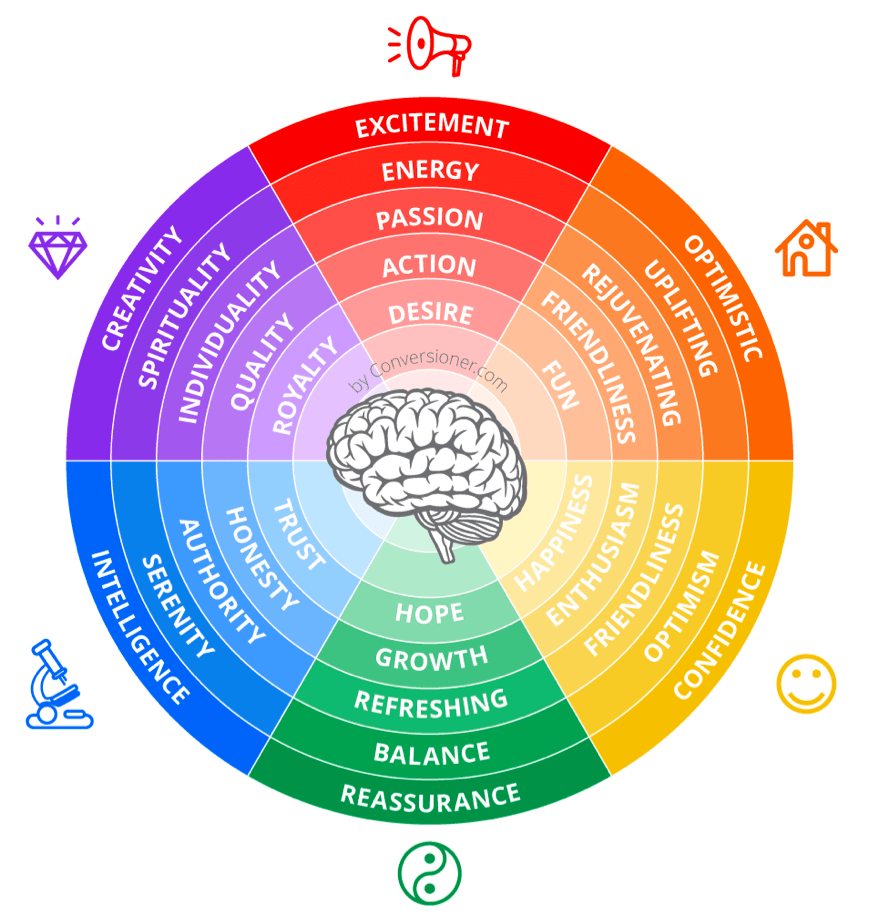We all know the importance of a good night’s sleep. It’s the foundation for a productive day, a healthy body, and a sharp mind. But did you know that the light we expose ourselves to in the evening can significantly impact our sleep quality? As a self-proclaimed sleep enthusiast, I was always curious about how different colors of light affected my sleep, especially in the hours before bed. After countless nights of experimentation and research, I discovered that it’s not just about turning off the lights; it’s about choosing the *right* kind of light. In this article, we’ll dive into the science behind light and sleep, explore the best color light for promoting restful slumber, and provide you with actionable tips to improve your sleep hygiene.

Image: gobend2020.com
The Science Behind Light and Sleep
Our bodies are finely tuned to the natural rhythms of the day and night. Light plays a crucial role in regulating our circadian rhythm, the 24-hour cycle that dictates our sleep-wake patterns. The primary light-sensitive cells in our eyes react to different wavelengths of light, sending signals to the brain to regulate our hormone production, including melatonin, the sleep hormone.
Blue light, which is prevalent in electronic devices like smartphones and tablets, is particularly disruptive to sleep. Our brains interpret blue light as daytime light, suppressing melatonin production and keeping us alert. This is why excessive screen time before bed can make it difficult to fall asleep and stay asleep.
What is the Best Color Light for Sleeping?
The most sleep-friendly light is red light. This is because red light has the longest wavelength and is least likely to suppress melatonin production. As a result, exposing yourself to red light in the evening can help promote feelings of drowsiness and make it easier to drift off to sleep.
Of course, you don’t have to use a red light bulb in your bedroom – there are other ways to reduce your exposure to blue light in the evening, such as dimming the lights, using blue light-filtering glasses, and avoiding electronic devices at least an hour before bed.
Tips for Optimizing Your Sleep Environment
In addition to choosing the right color light, there are other things you can do to create a sleep-conducive environment:
- Dim the Lights: Gradually reduce your lighting levels as the evening progresses, giving your body time to adjust and start producing melatonin.
- Use Warm-Colored Lighting: Opt for warm-toned light bulbs in your bedroom, such as those with a Kelvin temperature below 3000K. These bulbs emit less blue light and are more conducive to sleep.
- Blue Light-Filtering Glasses: If you must use electronic devices in the evening, consider wearing blue light-filtering glasses to block the harmful blue wavelengths.
- Create a Relaxing Bedtime Routine: A consistent bedtime routine can help signal to your body that it’s time to unwind. Engage in calming activities like reading, taking a warm bath, or listening to relaxing music.
- Avoid Caffeine and Alcohol Before Bed: These substances can interfere with sleep quality, making it harder to fall asleep and stay asleep.

Image: viasverdesregiondemurcia.es
Expert Advice on Light and Sleep
I spoke with Dr. Sarah Jones, a sleep specialist, who shared her insights: “While the type of light you expose yourself to can have a significant impact on your sleep, it’s essential to address the underlying cause of your sleep problems. If you are consistently struggling to sleep, consider discussing your concerns with a healthcare professional. They can assess your sleep patterns and recommend treatments or lifestyle changes to help you achieve restful sleep.”
Dr. Jones also emphasized the importance of creating a consistent bedtime routine and maintaining a regular sleep schedule. “Consistency is key,” she said. “Whether it’s a weekend or a weekday, try to go to bed and wake up around the same time each day. This helps regulate your circadian rhythm and improve your sleep quality overall.”
FAQ: Light and Sleep
Here are some commonly asked questions about light and sleep:
Q: Can I use a red light bulb in my bedroom all night?
A: Although red light is the most sleep-friendly color, you don’t need to use a red light bulb all night. It’s best to reserve red light for the hour or two before bedtime to help you transition into sleep mode.
Q: Is it okay to use my smartphone before bed?
A: It’s best to avoid using your smartphone for at least an hour before bed. The blue light emitted from screens can disrupt your sleep cycle and make it harder to fall asleep. If you must use your phone, consider using a blue light filter or turning on night mode to reduce your exposure to blue light.
Q: What about light from street lamps or outside sources?
A: Light pollution from street lamps and other external sources can also impact your sleep. If you live in an area with significant light pollution, consider using blackout curtains or an eye mask to block out the light.
Which Color Light Is Best For Sleeping
Conclusion
The color of light we expose ourselves to in the evening significantly influences our ability to fall asleep and stay asleep. While blue light is disruptive to our sleep cycle, red light can help promote feelings of drowsiness. By understanding the science behind light and sleep, implementing a few simple tips, and prioritizing sleep hygiene, we can create a more sleep-conducive environment and enjoy a more restful night’s sleep.
Are you interested in learning more about the science behind light and sleep? Share your thoughts and questions below in the comments!





